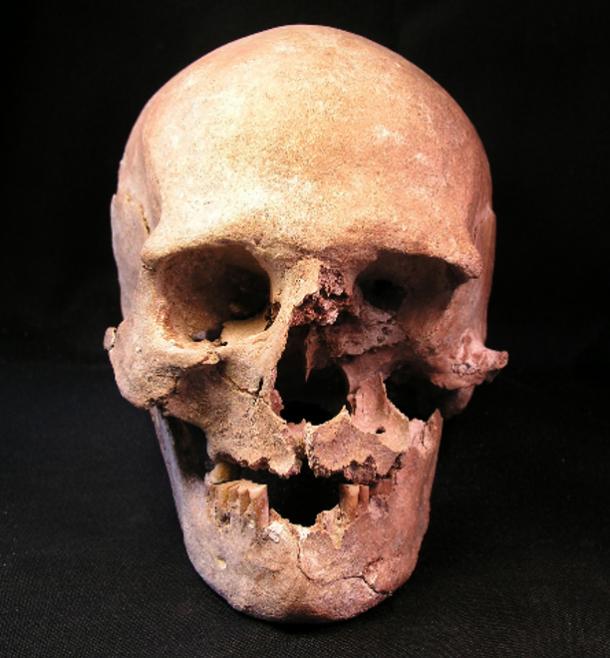Unknown Species of Humans Found, Made Tools 2.18 Millions Years Ago http://bit.ly/1KhiuGL
Two new hominin fossils have been found in a previously uninvestigated chamber in the Sterkfontein Caves, just North West of Johannesburg in South Africa. Specimens from the Homo genus and can be associated with early stone tools dated to 2.18 million years ago.
The two new specimens, a finger bone and a molar, are part of a set of four specimens, which seem to be from early hominins that can be associated with early stone tool-bearing sediments that entered the cave more than two million years ago.
“The specimens are exciting not only because they are associated with early stone tools, but also because they possess a mixture of intriguing features that raise many more questions than they give answers,” says lead researcher Dr Dominic Stratford, a lecturer at the Wits School of Geography, Archaeology and Environmental studies, and research coordinator at the Sterkfontein Caves.
The first fossil specimen, which is a very large proximal finger bone, is significantly larger and more robust than any other hand bone of any hominin yet found in South African plio-pleistocene sites.
More http://bit.ly/1KhiuGL








